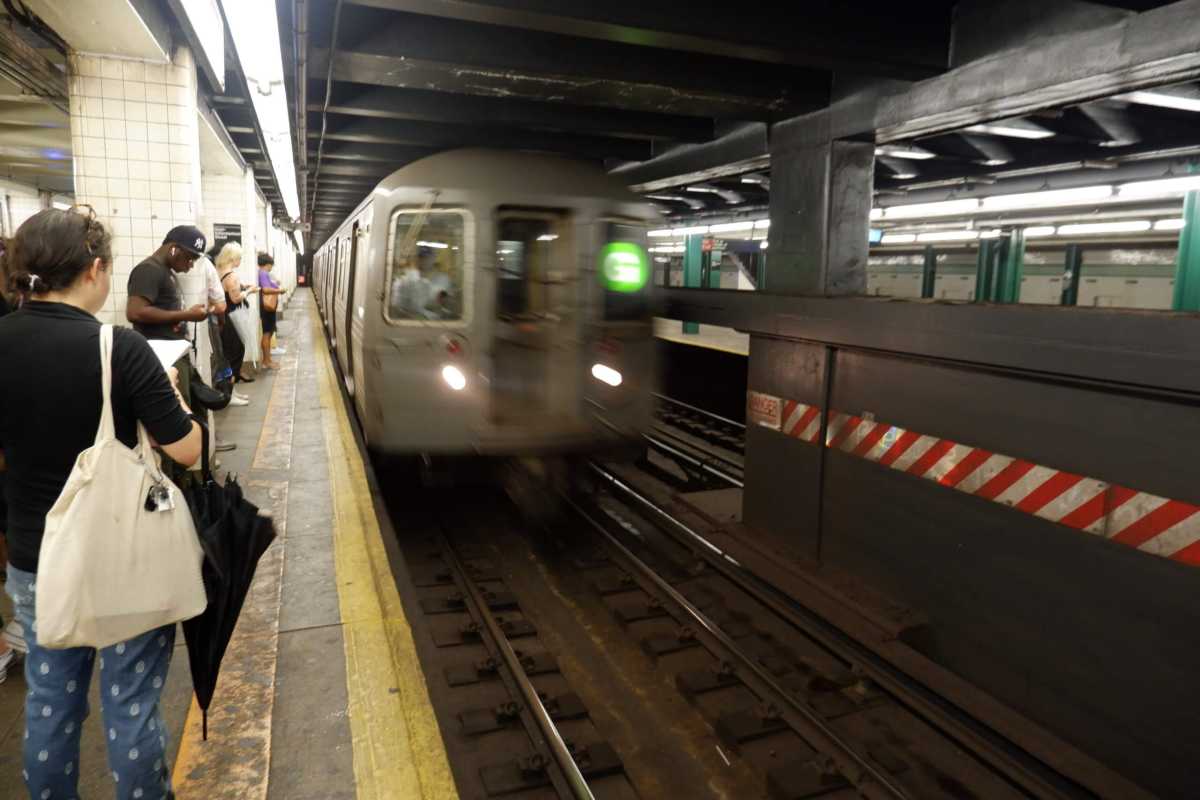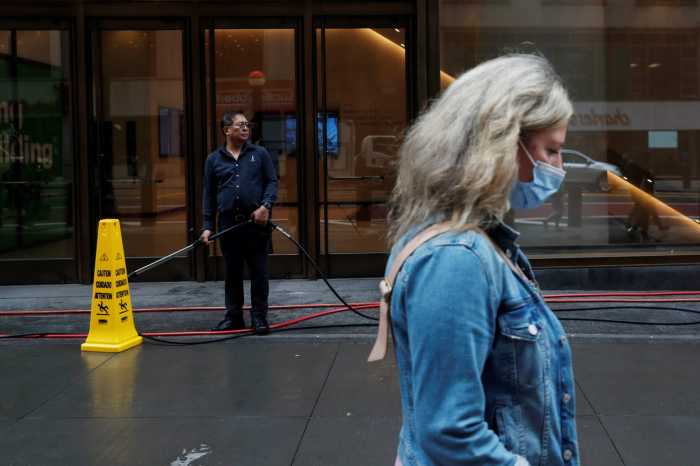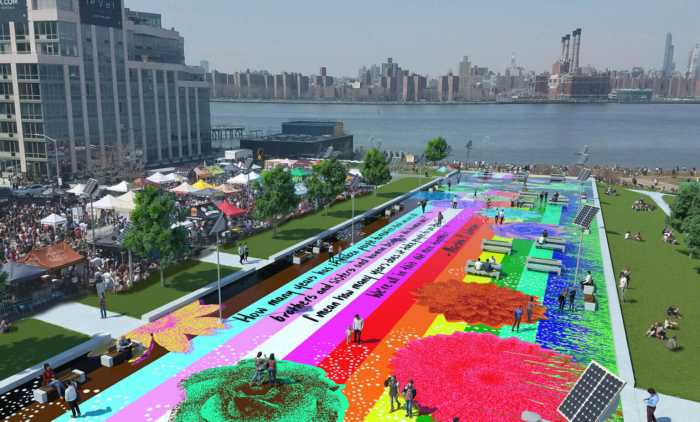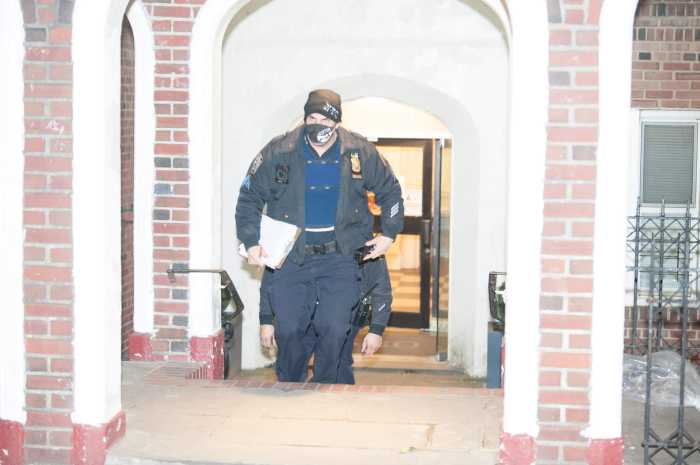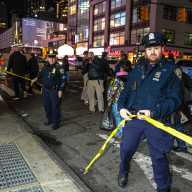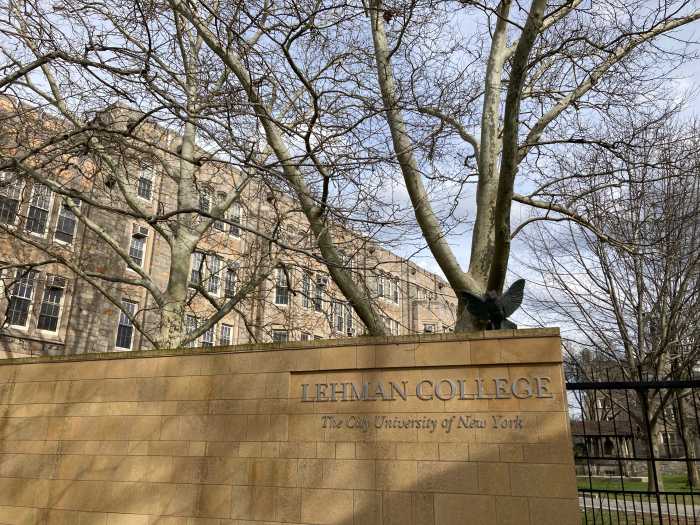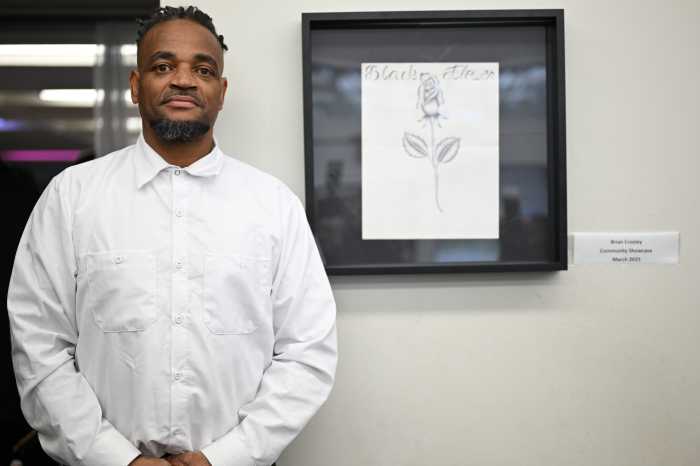The MTA should make G trains longer to carry more riders, said a local politician Tuesday, renewing calls to run full-size trains along the Brooklyn-to-Queens people mover.
The crosstown line runs from central Brooklyn up through Williamsburg, Greenpoint, and into Long Island City, Queens, but only has four train cars instead of the usual eight, which forces riders waiting at the wrong end to run halfway down the platform to board.
Transit officials in the past promised to double its length and increasing service temporarily during the L train shutdown, noted state Assembly Member Emily Gallagher (D–Brooklyn) during a Feb. 15 Albany budget hearing on transportation, asking leaders with the Metropolitan Transportation Authority to revisit the idea.
“The G train follows along a line of incredible population growth in Brooklyn and Queens and we are still being served by stubby little cars that were promised to be extended … during the L train shutdown, but then never were when our former governor changed his plan around that,” Gallagher said.
“My district and the district near my district on the G train have the ridership that you are looking for, so we really need this expansion,” she added.
MTA Chairperson and CEO Janno Lieber said there were some “platform-related issues,” but he revealed the agency was eyeing the G train for upgraded signaling systems, which would make it easier to run more trains.
“We are prioritizing it to get new signals and one of the ways you have more and better service is by fixing signaling systems,” the transit guru said. “That is on deck as one of the next signaling projects we’re going to attack.”
MTA officials in 2016 promised to start running full-size eight-car trains on the G and increase service to make up for the closures as part of the L train shutdown.
The transit agency planned to repurpose unused train cars from the L line on the G during the outages and run three more trains per hour.
The longer trains alone would have increased capacity by 160% and together with running more trains the G could have carried almost three times as many straphangers, officials said at the time.
But former Governor Andrew Cuomo in early 2019 scrapped the years-in-the-works plan for a full L train shutdown in exchange for partial closures on nights and weekends.
A 2013 review of the line by the MTA estimated it would cost about $130 million to buy enough new cars to run full-size trains on the entire G fleet, or $10 million per train.
The agency decided nine years ago that the extension was not worth doing because the half-length trains had enough capacity to match ridership on the line back then.
However, over the past decade neighborhoods along the line have seen some of the steepest population growths of the entire city.
In Gallagher’s 50th Assembly District, which includes Williamsburg and Greenpoint, the population has soared by 26% between 2010-2020, according to U.S. Census figures.
Nabes along the line like Long Island City, Williamsburg, and Downtown Brooklyn also had some of the largest influxes of new residents and housing supply since then, according to the Department of City Planning.
Reusing existing rail infrastructure has been a theme for Governor Kathy Hochul with her push to build a new mass transit service dubbed the Interborough Express on an underused railroad line going through the central and eastern sides of Brooklyn and Queens, and one advocate said MTA should also take another gander at boosting its active lines.
“I think it definitely merits a second look, especially given how expensive it is to add new lines and new stations, it’s important we make the most of all the infrastructure we currently have,” said Danny Pearlstein of Riders Alliance. “Whether it’s the frequency of service or the volume of service, the MTA should constantly be looking at what additional it can add to existing lines to make them more functional for riders.”



